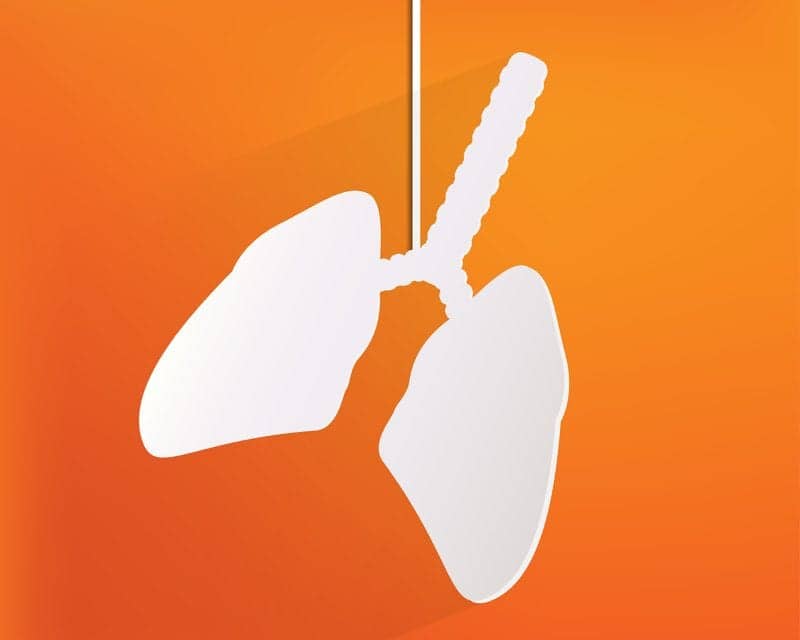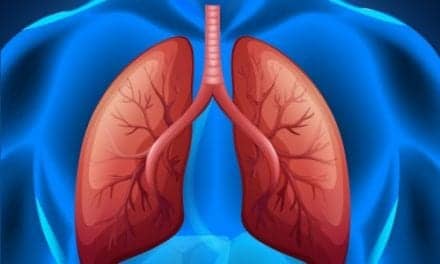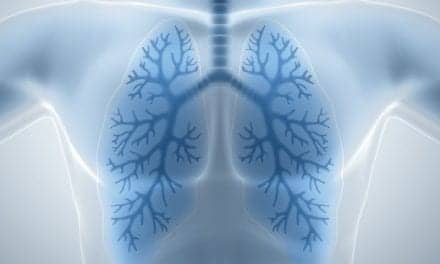A new tool allows researchers and doctors to visualize a 3D model of a cystic fibrosis (CF) lung that incorporates information about microbes, which may help improve targeted drug delivery, a new study shows.
Human organs are very complex and can vary greatly depending on external factors such as temperature, and chemical conditions such as oxygen availability and pH.
These conditions can lead to the establishment of different subpopulations of microorganisms, which include bacteria. Genome sequencing of the parts of a lung have shown there is significant variation in the bacterial populations across different parts of a single lung.
“Our understanding of the spatial variation of the chemical and microbial make-up of a human organ remains limited,” Pieter Dorrestein, PhD, professor at the Skaggs School of Pharmacy and Pharmaceutical Sciences at the University of California San Diego (UCSD), said in a press release.









